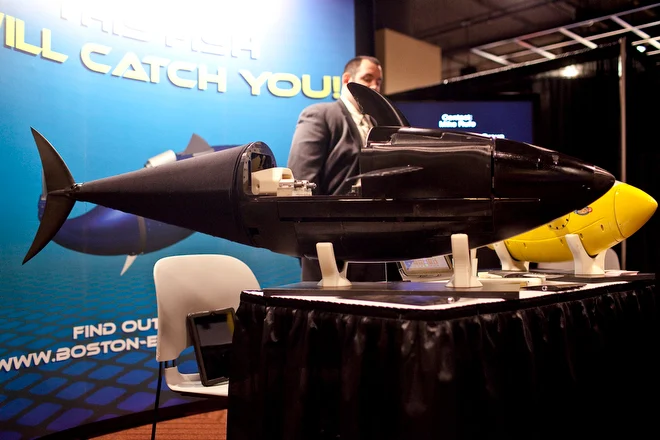The US military is well known for researching and developing weapons that wouldn’t be out of place in a science fiction novel or movie. Case in point – laser weapon systems and rail gun platforms. The Navy says the former will ultimately be capable of downing missiles, drones and aerial vehicles.

While laser weapon tests have been well publicized over the years, the Pentagon was always less than forthcoming about when they would be ready for deployment and installation on military vehicles and ships.
However, Rear Admiral Matthew Klunder, chief of the Office of Naval Research, recently went on record as saying that he expects “directed energy” weapons in two years. Earlier this year, technicians working on laser programs for the Navy confirmed the military was roughly four years away (at the earliest) from lasers being installed aboard ships.

“On directed energy, I’d say two years,” said Klunder. “We’re well past physics. We’re just going through the integration efforts,” Klunder continued. “Hopefully, that tells you we’re well mature, and we’re ready to put these on naval ships.”
Klunder also spoke a bit about power considerations of putting high-tech future weapons systems aboard ships such as lasers and railguns. Being able to generate enough power for the ship to maneuver and operate energy hungry future weapons has been a concern in the past. Nevertheless, Klunder said “I’ve got the power. I just need to know on this ship, this particular naval vessel, what are the power requirements, and how do I integrate that directed energy system or railgun system.”
While Klunder did not elaborate on testing of lasers aboard ships, he did note that there had been “very successful” tests for placing laser weapons on ships.Wired reports that the Navy had likely conducted tests during which the lasers successfully downed drone aircraft.
Klunder also talked briefly about unmanned submarines in the future, specifically highlighting the possibility of autonomous submersibles capable of operating underwater for 30 days at a time.
“The propulsion systems that I think you’re going to see within a year are going to [give] a UUV with over 30 days of endurance,” he added.






